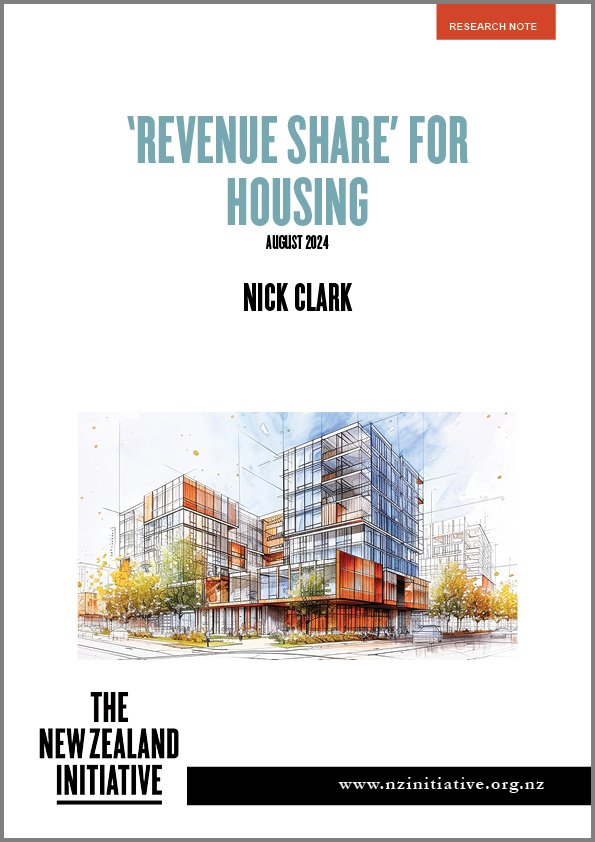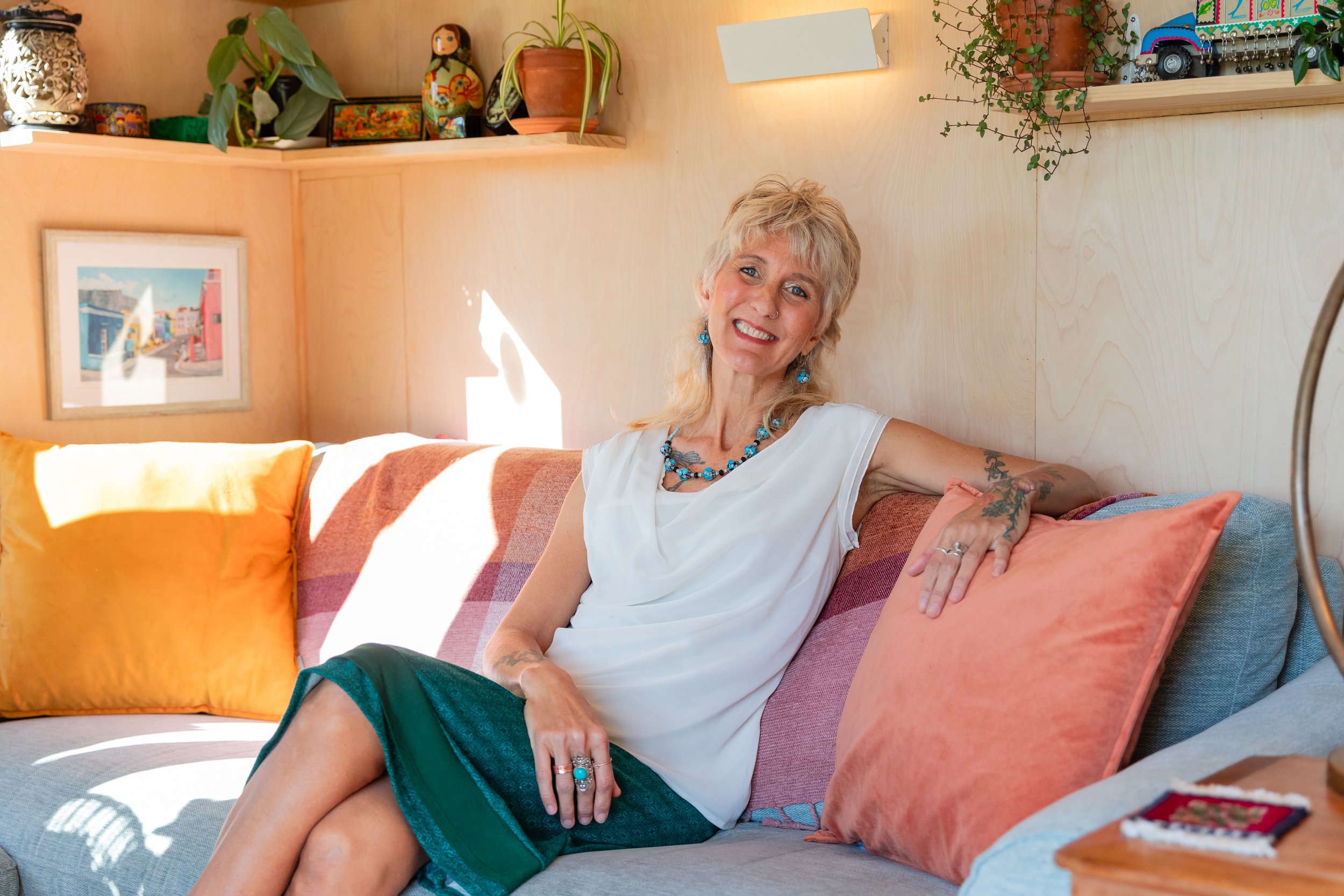
Building Strong Community Connections through Playback Improv Theatre
The five take-aways from this interview are:
Positive Impact:
The intentional community has profoundly impacted individuals, helping those suffering from depression and disconnection. Members express deeply personal benefits and emotional support from the community, which enhances their sense of belonging and life purpose.
Concept of Homefullness:
"Homefullness" is described as the feeling of being able to rely on and connect with people around you. It emphasizes the importance of interrelatedness and creating a supportive environment that fosters a sense of home.
Development and Leadership:
The community, initiated as a thesis project, has continued to thrive for years. The leadership promotes shared roles and responsibilities, empowering members to take on leadership roles and contributing to the evolution of the community. Leadership includes facilitating conflict resolution and ensuring equitable participation.
Ecological and Social Activities:
Key activities include bi-weekly potlucks that strengthen social bonds, garden days that teach and involve members in sustainable practices, and various thematic events that encourage community engagement and personal growth.
Measuring Success and Future Vision:
Success is measured qualitatively through heartfelt feedback from members rather than formal metrics. The community prioritizes emotional and social well-being through personal testimonies and shared experiences. Future visions include potentially expanding to a more residential model while continuing to foster inclusive and cooperative community practices.

Building a non-residential community of purpose and belonging
The five take-aways from this interview are:
Positive Impact:
The intentional community has profoundly impacted individuals, helping those suffering from depression and disconnection. Members express deeply personal benefits and emotional support from the community, which enhances their sense of belonging and life purpose.
Concept of Homefullness:
"Homefullness" is described as the feeling of being able to rely on and connect with people around you. It emphasizes the importance of interrelatedness and creating a supportive environment that fosters a sense of home.
Development and Leadership:
The community, initiated as a thesis project, has continued to thrive for years. The leadership promotes shared roles and responsibilities, empowering members to take on leadership roles and contributing to the evolution of the community. Leadership includes facilitating conflict resolution and ensuring equitable participation.
Ecological and Social Activities:
Key activities include bi-weekly potlucks that strengthen social bonds, garden days that teach and involve members in sustainable practices, and various thematic events that encourage community engagement and personal growth.
Measuring Success and Future Vision:
Success is measured qualitatively through heartfelt feedback from members rather than formal metrics. The community prioritizes emotional and social well-being through personal testimonies and shared experiences. Future visions include potentially expanding to a more residential model while continuing to foster inclusive and cooperative community practices.

Gentle Density: Backyard housing development that leaves room for nature & connection
Gentle density is a term in Australia for infill housing development in urban areas, to create more housing within existing neighbourhoods, also known as incremental development in the U.S.
I interview Mark and Lynda Utting on the Sunshine Coast of Queensland Australia. They share about their way of developing housing in their backyard to give a great place to live to the future residents.
They are able to do this because their area has been rezoned to medium density, meaning they've been given permission to build up to nine units in their backyard.
A lot of people get worried when they hear "density" and infill development because downsides can include shade blocking out nearby houses, it might not match the character of the original neighbourhood, too many cars parked on the road, etc.
Yet, Mark and Lynda have come up with a land-use and housing design that I think few would have problems with. They have kept it to four new dwellings because they are prioritising quality of life for their residents and more sustainable and environmental outcomes.
This is a great interview because it showcases how density and infill development can be done better. They speak about the challenges of being lay-developers (not professional) but also the joy and opportunity of learning new skills and knowledge, of creating a sense of belonging to place, and the resources they've found helpful in their endeavour. Visit their Instagram page to see what that can look and function like.
We speak to the need for Councils to give incentives for infill development that prioritises better social, environmental, and affordability outcomes rather than the usual profit motive of conventional developers. And that councils can give assistance or support to lay developers to achieve these better outcomes.

Sharing (Housing) With Friends
The Sharing with Friends housing model was born out of a burning desire for housing justice for single older women who are in the "missing middle"--who do not qualify for social housing but also can't afford market rental or to buy their own home and who are living on the edge of housing insecurity.
The unique co-housing model provides an affordable, secure, and connected way of living where five women, who self-select, share a specifically designed house which offers privacy and automony while also a sense of community, having spaces for shared meals and activities.
I interview Susan Davies and Adrienne Irvine, founders of the Sharing with Friends Foundation about how they formed the foundation and fund the development, how the programme gives women agency by through workshops that empowers them to design how they will live together, and how the model can be replicated throughout Australia and other countries.

HomeShare for Her, Co-op Living, easier THOW policy
The HomeShare for Her program is located in the Nelson-Tasman region of Aotearoa NZ. The program addresses the lack of affordable housing and the lack of available housing for single women. According to a Stuff article in April 2023, “low wages and expensive housing make the Nelson Tasman area unaffordable” with the region’s housing being the third worst in the country.
But the other thing that the programme does is it mitigates the problems that can come up when people share a living space together.
So, HomeShare for Her hopes to mitigate problematic house-sharing experiences and help women have the best possible shared living situation, sharing the home in a way that's equal, where everyone living there feels like the house really is their home.
This a programme that could be replicated in other regions so listen in to learn about how it's done.

Sharing revenue to create more housing
If you're frustrated by the amount of rates that you pay and the rates increases that many councils are doing, you are not alone. Many people complain, “councils, all they care about is money.” And yet, they have increasing expenses & responsibilities to pay for with less income--a gap that's been widening over decades. The amount of income that they're able to generate through rates is not covering all the things they're responsible for. So, what is the solution?
Well, we've got Nick Clark, with the NZ Initiative, on the Homefullness Show to explain to us how the new policy he's proposing called Revenue Share for Housing could work. He says it could clear most council debt and create new income streams for local councils. The benefit is that there'll be more money to be able to support new housing construction and the infrastructure needed for that and rates hopefully won't continue to increase.
So how does this work? Well, we're going to explain about it in this episode, but the basics are that: A portion of the GST that's collected by central government from local councils on new builds would be given back to the councils.
This is really a game changer, so listen in to hear about this policy that could increase the amount of income your counsel is able to generate to create new housing in your area and that might even stabilize the rates.

Cooperative Living, Tiny Home Challenges, Support for Landsharing
Around the country, people are trying to get their housing needs met with Tiny Homes on Wheels (THOW)*. Unfortunately, many are getting told by their council that they are in breach of the building act and the resource management act.
Policies differ and can even be contradictory between central and local government planning regulations—is it a building or a vehicle? What does fixed to land mean? How long can it be lived in before being considered a dwelling? These contradictions create insecurity for people living in tiny homes and for the landowners who have offered their land for a THOW to be parked.

Seeking collaborators to make bigger impact with Common Ground
Since 2019, I've had a vision and mission to advance and catalyse more affordable, community-focused and led, and regenerative housing and neighbourhoods and formed Common Ground as a means to do so.
I’m looking for professionals who want to work on this mission and explore the best structure for impact and financial viability. I welcome housing/community development professionals and people with board experience to meet with me to discuss how we can work together.

Women catalysing affordable and collaborative housing and neighbourhood models
The Housing Older Women’s Movement contracted me to support them to roll out the My Home, Your Home, Our Homes community engagement series in SE QLD to catalyse affordable community-led housing. It was a successful and jam packed two weeks of events.

A Local Government approach for housing systems change
I interviewed Aksel Bech in this podcast episode. We are tackling housing unaffordability and the levers at the local government level that are available to be able to create better outcomes for housing.

Planning Considerations for Cooperative Living
Planning considerations for cooperative living in the Tasman District, top of the South Island, Aotearoa NZ

Legal Options for Cooperative Living
Although nothing in life is guaranteed, having the right legal structure for a housing initiative/group living arrangement can offer much more security to everyone involved.
On Sunday 14 July, I organised and facilitated an event for locals to learn about the legal options for cooperative living, particularly as it pertains to the cooperative living planning rule in Tasman District Council. It was also to give a chance for participants to learn from and network with each other.
The purpose of this series of events is to give more clarity, security, and affordability to the process of setting up a cooperative living arrangement in the district and even explore possibilities for other regions.
